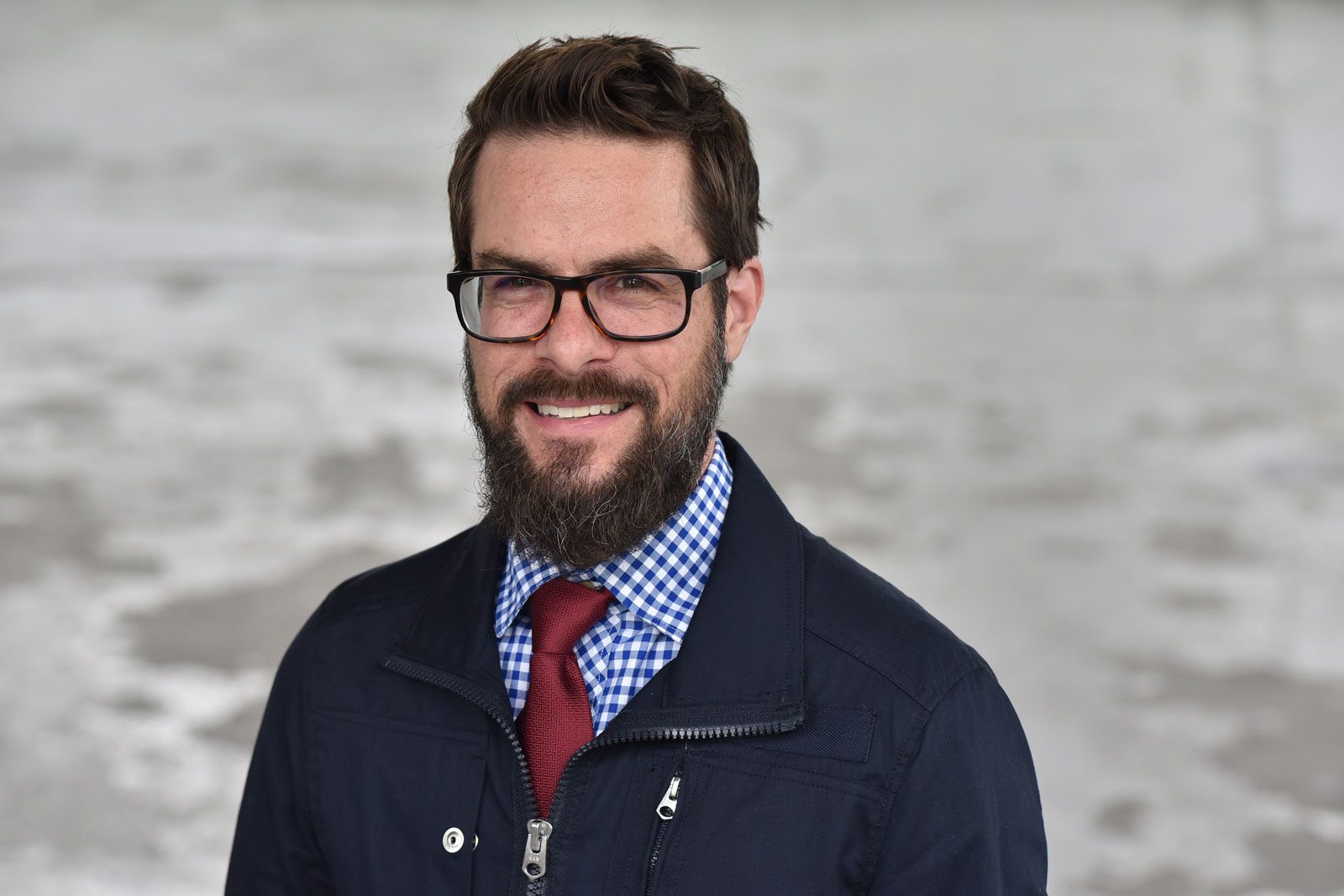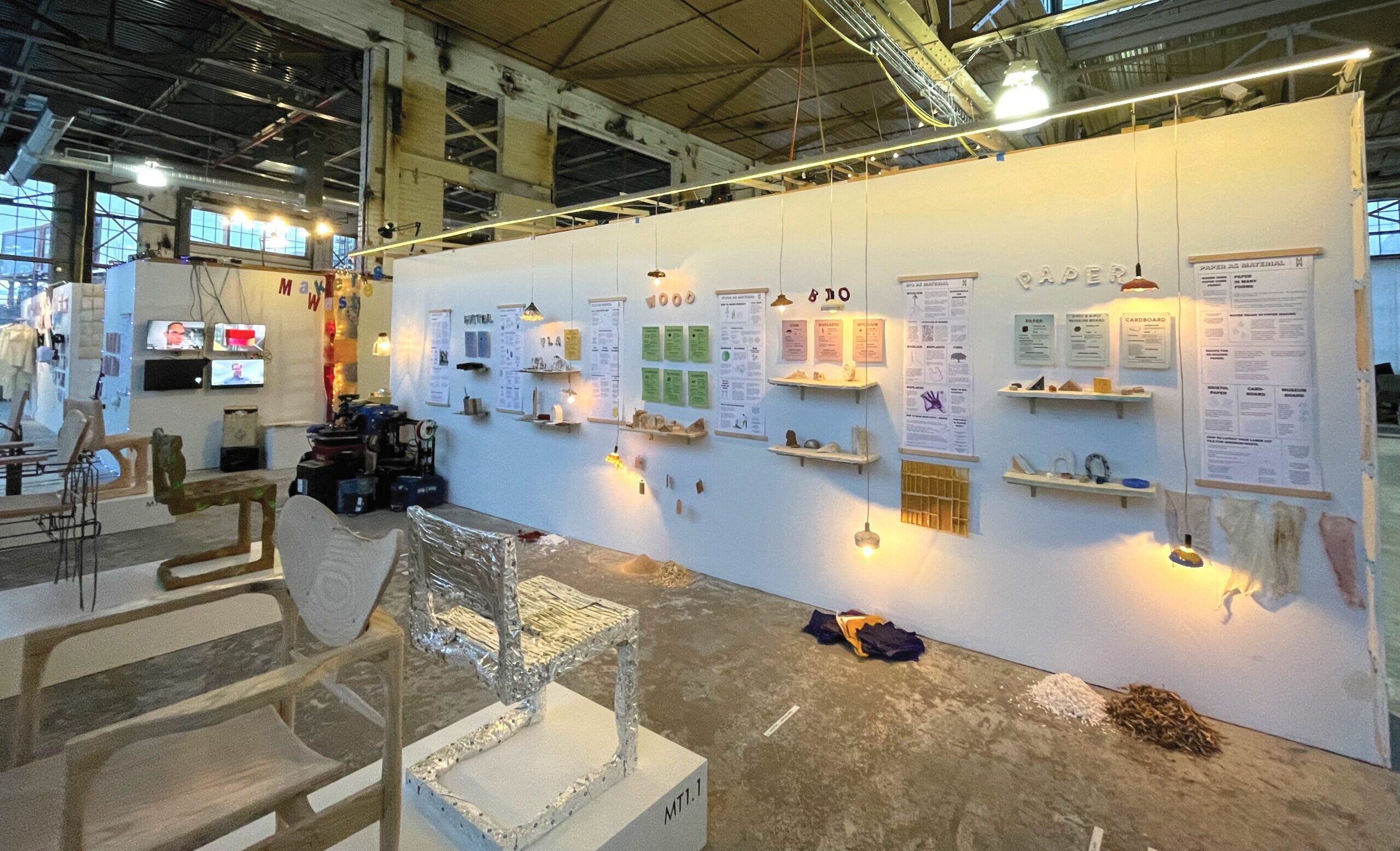Associate Professor of Architecture Sean Ahlquist recently appeared on the New York-based podcast 1 in 59 from the Anderson Center for Autism. Ahlquist, whose daughter has autism, began thinking about the way the built environment interacts with the unique needs of people with autism about five years ago.
“I began to see how much influence the environment would have on her in both a negative and positive way,” he explained. Ahlquist said that certain sensory experiences would allow his daughter, who is nonverbal, to better interact with others.
“It is about creating that right balance of sensory experience in order to best facilitate social interaction,” he said.
Ahlquist thinks the connection between built spaces and social interaction is a key element of architecture and design. “There’s always been this interest for architecture to foster the building of social bonds, how to improve communication and open up opportunities for social experiences,” he said. He’s found the best way to do this for his daughter and other autistic children is by creating environments that can be actively transformed to their changing needs and desires.
“At the end of the day we’re trying to give these children as much agency as possible in these spaces that they occupy,” he said. “In a more normative architecture environment, it’s full of hard surfaces and immutable stimulations.” For kids like Ahlquist’s daughter, it can be difficult for them to manipulate or filter those environments where they feel uncomfortable. In contrast, the spaces that Ahlquist designs include materials that are responsive to kids’ movements and sensory fascinations. “We’re trying to use materiality, color, light, projections and interaction to lay out as many variables as possible – as many dials and buttons – so that from one child to another, they can vary that experience quite significantly and find what suits them, whether it is to calm or to excite,” he said.
He noticed that his daughter did well in spaces that she can move through and physically transform herself. “That give and take sensation is very powerful for her, because she finally feels like she has a moment that she feels like she has control over the environment,” he said.
Ahlquist explained that he thinks of architecture like a blank canvas. “We’re only going to understand how valuable that canvas is once we put it in the hands of children to complete that design process,” he said. “And that puts architecture in a very different position.”
Listen to the full podcast here.





